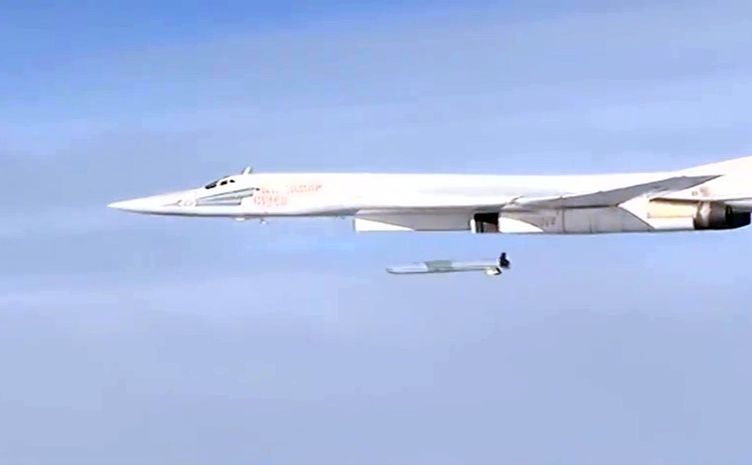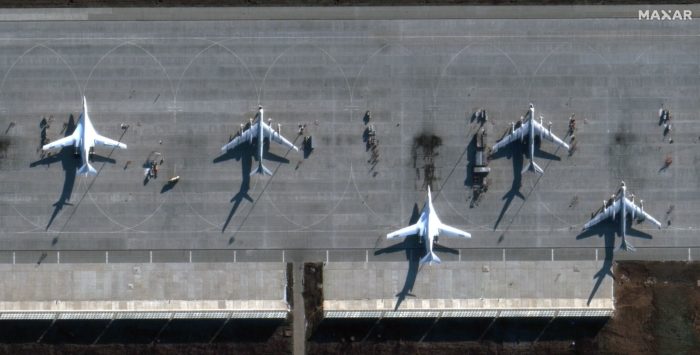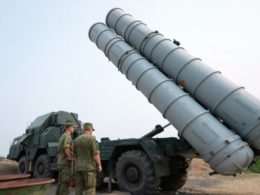Russia has already launched over 4,700 missiles at Ukrainian cities ranging from Lviv to Kharkiv, Mykolaiv to Odesa. Here is a guide to their types Western military doctrines consider missiles as deterrents against critical military targets. Meanwhile, millions of Ukrainians are unable to meet their basic needs as Russia terrorizes Ukrainian cities with its diminishing but vast missile arsenal and destroys crucial civilian infrastructure. Ukraine urgently needs more anti-missile and anti-aircraft systems to deliver a military defeat to Russia and protect millions of civilians. [/editorial]
A long, drawn-out howl from the street – Ukrainians hear this harrowing sound almost daily. It signals an air raid alert which, in many cases, is followed by a Russian missile strike on Ukrainian cities. Nowadays, any loud sound outside is enough to make people shudder.
From Lviv to Kharkiv, Mykolayiv to Odesa, Russians have already fired more than 4,700 missiles at Ukrainian cities. This is nearly twice the amount Nazi Germany used in their notorious V2 attacks on London.
Russia has fired more than 4,700 missiles at Ukraine over 270 days of all-out war – Zelenskyy
Russia presently destroys vital civilian infrastructure, including power plants and pump stations, to leave millions of Ukrainians without electricity, heat, and water. It would give rise to a humanitarian disaster in the harsh Ukrainian winter climate – and yet another Russian war crime.
Undeterred, Ukraine continues to resist and destroys missiles every day. In this article, we seek to analyze the Russian missiles used against Ukraine and how to stop Russian missile attacks.
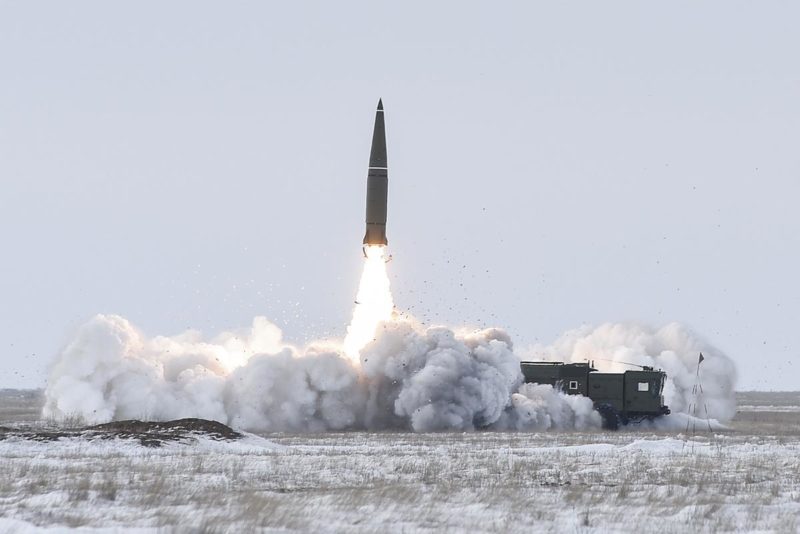
Iskander is the most sophisticated Russian missile though the Kremlin is now seeking Iranian analogs
At 3,800 kilograms and 7.3 meters long, Iskander (SS-26 Stone) has been used to threaten Europe from the Kaliningrad region of Russia.
It has also served as a symbol of Russian contempt towards sanctions, appearing on T-shirts with the slogan "Sanctions? Don't make my Iskanders laugh!"
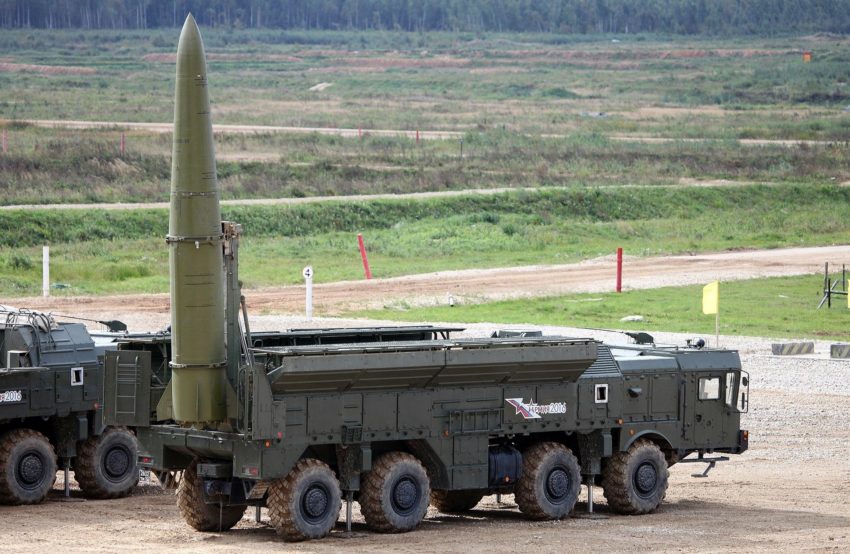
The massive size of this missile allows it to carry a warhead weighing 480-700 kilograms. The impact can leave 8-10-meter-wide craters in the ground.
With such firepower, it is unsurprising that Russia relied heavily on these missiles during the first weeks of the 2022 invasion: according to the 7.62 project, Russia launched 540 Iskander missiles between 24 February and 6 April. With a range of 500 kilometers, Iskander missiles are a threat to any oblast of Ukraine.
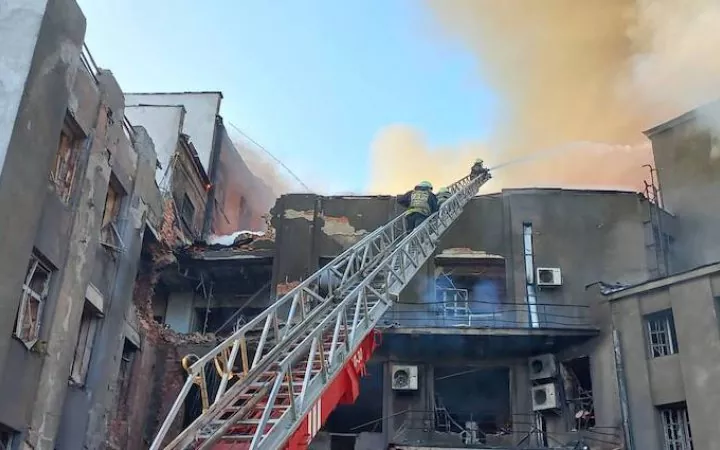
The weapon may be modern, but the principle is not: it is a single-stage ballistic missile, similar to the German V-2. Upon launch, Iskander (rises/flies/is shot) 50 kilometers upwards, like carrier rockets. At altitude, its engine turns off, and the missile descends on its target using a ballistic trajectory.
Unlike drones and cruise missiles, Iskander cannot change course or pursue a target. However, Iskander can swerve to evade intercepting projectiles, then return to the course after deflection.
Yurii Ihnat, the spokesman of the Command of the Air Force of Ukraine, explains that this missile is an "incredibly hard and difficult" target compared to cruise missiles.
Iskander falls on the target at a tremendous speed (over 8000 km/h). In addition, the missile employs false targets and decoys to confound radar operators.
To effectively destroy Iskanders, Ukraine needs designated anti-missile systems, such as the American MIM Patriot, which can intercept ballistic projectiles in their descent.
Most Ukrainian surface-to-air weapons are anti-aircraft, designed to defend against cruise missiles, drones, and planes, not ballistic missiles. Despite this, Ukraine's military has successfully shot down several ballistic missiles.
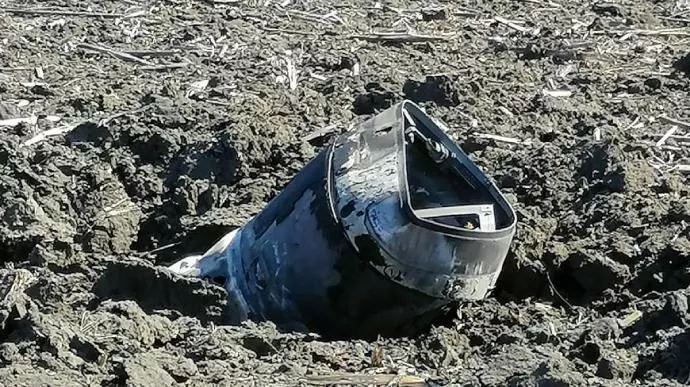
Russia infrequently uses Iskanders, likely due to a shortage of missiles. According to the Ukrainian Ministry of Defense, Russia has retained approximately 140 Iskanders remaining from a pre-war arsenal of 900.
Though Russia still has several Iskanders, Russian military doctrine emphasizes the need to maintain an "inviolable reserve" of 25% of missiles to protect Russian territory. This likely explains the Kremlin's efforts to obtain Iranian ballistic missiles similar to Iskander, thus prolonging the ballistic missile threat.
Russia has other ballistic missiles, though Iskanders remain irreplaceable
Russia still wields some quantities of Iskander's predecessor, the Soviet-made Tochka-U (Scarab-A). These missiles have a much smaller range: only 120 kilometers. While they are dangerous
for regions near the front, they are rarely used.
Oleksandr Kovalenko, an expert from the Information Resistance movement, explained that Russia gradually replaced Tochka missiles with Iskanders, so the number of Tochka launchers and missiles is now limited.
It is also the case for the most modern missile in the Russian arsenal, Kh-47M2 Kinzhal (Killjoy), an 8-meter ballistic projectile launched from a MiG-31 fighter plane.
Despite Russian claims that the Kh-47M2 is hypersonic and can reach 1400 km/h while flying a distance of 1500-2000 kilometers, Ukrainian experts consider this missile to be simply an air-based modification of the Iskander. It is, however, challenging to intercept.
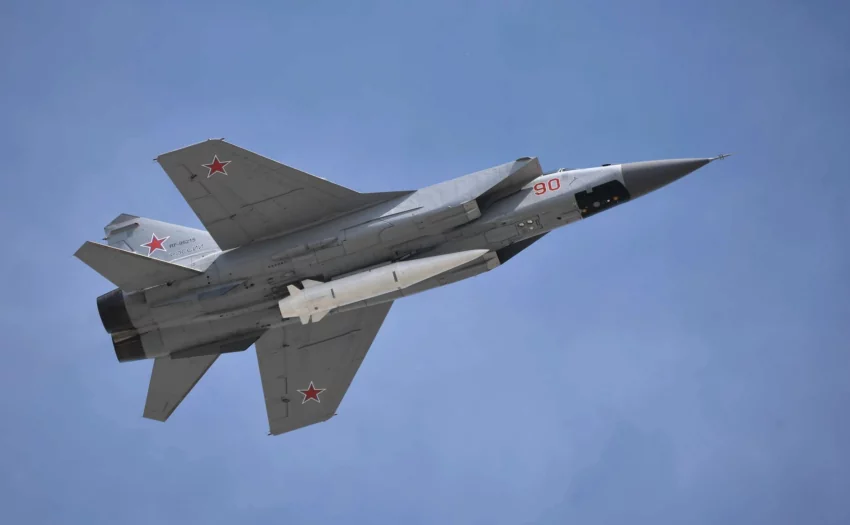
Russian invaders have only used these missiles a few times – presumably because they only possess a few dozen Kinzhals which Russia intends to save as a display of force towards NATO.
Kalibr is a low-flying cruise missile able to target all oblasts of Ukraine
Kalibr is a 6.2 meter-long bullet-shaped missile with small wings that carries a 450-kilogram warhead. One can often see this missile in videos, as Russia has regularly launched Kalibr (SS-N-30A) missiles from the sea since the start of the invasion of Ukraine.
However, their numbers are also diminishing. According to the Ukrainian Ministry of Defense, in October, Russia had only 272 Kalibrs remaining from a pre-war arsenal of 500.
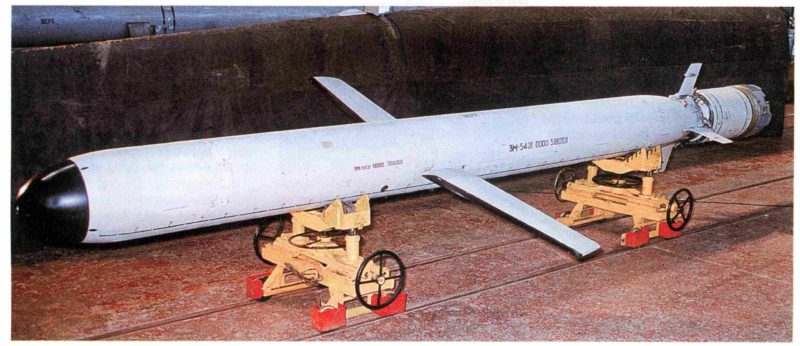
Unlike ballistic Iskander missiles, Kalibr is a cruise missile. It is fired from Russian ships in the Black or Caspian Seas, reaches an altitude of 50 to 1000 meters, then cruises to its target much like a plane or unmanned aerial vehicle (UAV). The missile's engine functions throughout its flight, so it can fly up to 2500 km. This missile is a threat to every Ukrainian city with such a range.
At the same time, these cruise missiles are relatively slow. Kalibr can only reach speeds of approximately 965 km/h, accelerating only before impact. These missiles are so slow that they can often be seen from the ground without optics and use no decoys.
Ukrainians regularly down Kalibr missiles using fast fighter jets and anti-aircraft weapons. Vigilant infantrymen have even hit cruise missiles using MANPAD.
However, the defenders cannot destroy every missile. Similar to jets, Kalibr can change its trajectory many times. For example, the missile can travel low over the water to fly under radars, and it can evade Ukrainian anti-air defenses by bypassing cities and routing through remote countryside.
With an area 30 times larger than that of Israel, Ukraine is simply too large to protect every settlement and every potential missile route with anti-missile systems.
Moreover, Russians launch missiles in groups of 4-6 projectiles at a time as their ships can fire a volley of Calibers. This density overloads Ukrainian anti-air defense systems: there is simply not enough time for them to shoot down all the missiles before at least some reach their target.
Sea launch of Kalibr missiles
The 14 July missile attack on Vinnytsia is a tragic example of the limitations of air defense systems against multiple missiles.
Russia launched five Kalibr missiles from the Black Sea: two were shot down, and the remaining three hit a building that, while owned by the Ministry of Defense, was used for civilian purposes such as concerts and cultural events. This Russian missile attack in Ukraine killed 28 people, including three children, and injured more than 100 people. EU officials labeled this strike as a war crime.
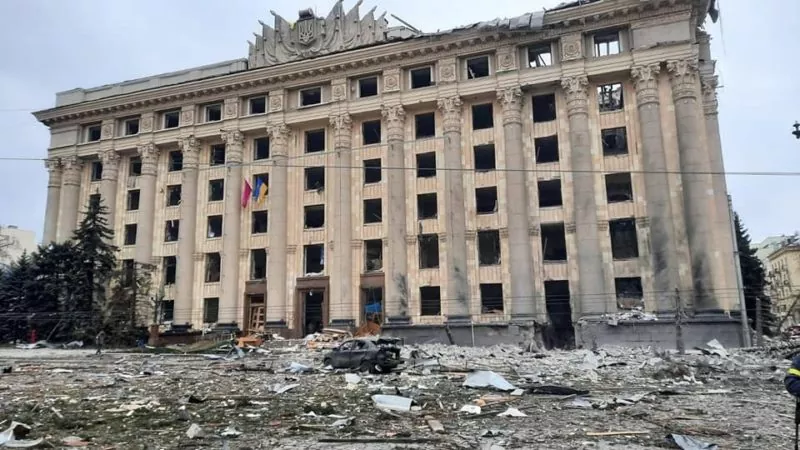
Even after receiving NASAMS and Hawk units, it is clear why Ukraine asks for more defense systems: they need both quality and quantity.
According to Oleg Katkov, editor-in-chief of the Defense Express media outlet, before 24 February, Russia could build up to 100 missiles of each type per year. At the onset of the war, Western states imposed sanctions that impacted all Russian industries. The Kremlin claims they have weathered these sanctions and even boosted production, initializing wartime production levels.
Katkov explains that more is needed to accelerate missile-assembly facilities. The entire defense industry, including the manufacture of engines, navigation systems, and spare parts, should also begin nonstop production. These necessary changes have yet to be implemented, so the actual missile output has likely decreased threefold.
“The only verified info was published during the Russian Armiya-2022 forum, when the military industry reported the annual order for 30 Onyx (SS-26 Strobile) anti-ship missiles, portraying it as a success. Under these conditions, it seems to me that the Russian Federation now has exactly such production rates: approximately 30 missiles of each type per year," claims Oleg Katkov.
He emphasizes that Russian missiles require many sophisticated spare parts, including guidance systems for Iskanders (note that the pace of production for these missiles may be even lower than average) and small-size motors for cruise missiles.
Meanwhile, Russian invaders launched 80 missiles of various types in the massive bombardment on 10 October alone.
“Russian industry is physically unavailable to provide enough missiles to keep this rate of fire. No industry in the world can do it, even given the ideal circumstances,” stated Katkov.
However, according to the estimates of Ukraine's Defense Ministry, Russia has managed to produce 120 Kalibr missiles, 360 Kh-35, and 48 Iskanders since the start of its full-blown war against Ukraine in February 2022.
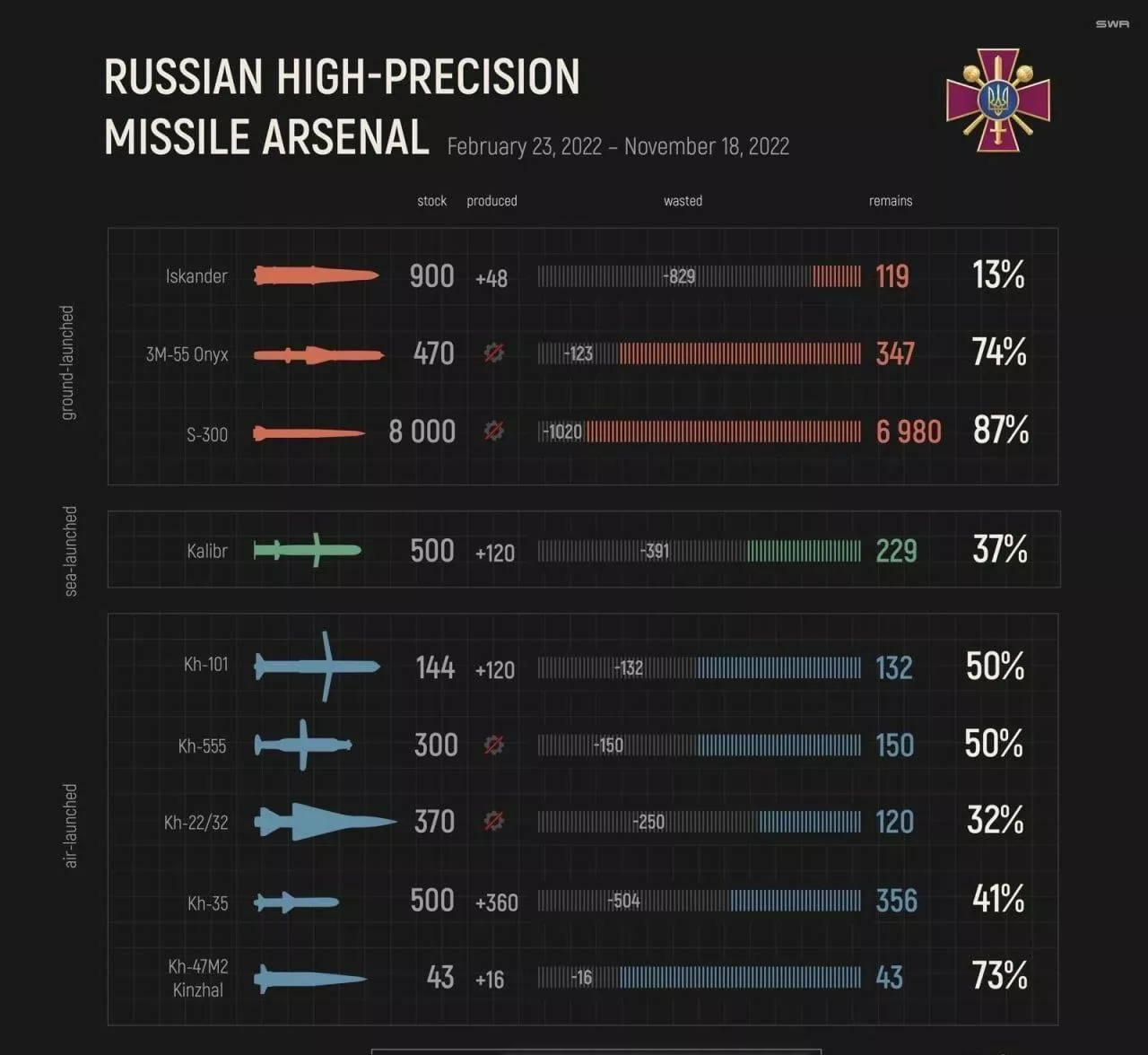
Kh-101 and Kh-555: Russia conducts massive missiles strikes against Ukraine using air-based weapons
Russia's terror campaign against Ukrainian civilian infrastructure has also relied on air-launched cruise missiles, which are relatively similar to Kalibrs.
The most modern of these missiles are the Kh-101 (AS-23 Kodiak) and Kh-555 (AS-15 Kent-C), carried by the Tu-95, Tu-22, and Tu-170 strategic bombers. Frequently Russian air forces launch them from the Black or Caspian Seas.
Of these two, the Kh-555 is older. It can travel 3500 kilometers on a flat trajectory before hitting its target. The Kh-101 has a range of 2500-2800 kilometers. Additionally, Kh-101 can shift to a new target during flight and is less visible on the radar. Both types of missiles are capable of maneuvering.
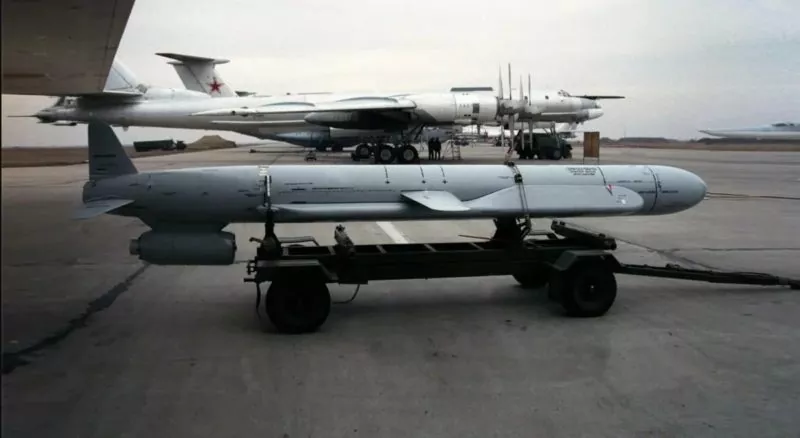
Individually, the Kh-101 and Kh-505 may appear as easier targets than Kalibrs. They both fly relatively slowly (Kh-101 at 720 km/h, Kh-555 at 828 km/h) and have outdated designs. Some missiles even contained guidance blocks produced in the 1970s.
However, their strength is in numbers. Typically Russians use entire bomber squadrons to launch volleys of missiles simultaneously. This tactic can overwhelm Ukrainian defense systems across the country.
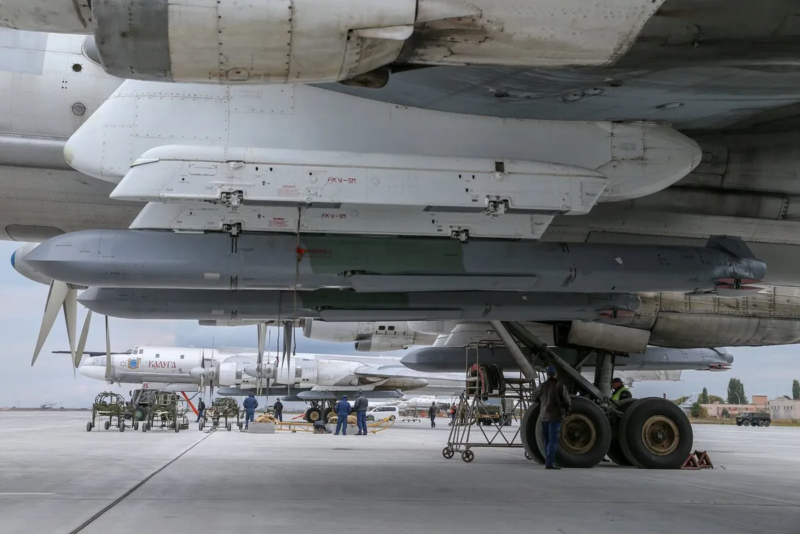
For example, on 31 October, in the morning, Russian bombers attacked Ukraine with more than 50 missiles. The Ukrainian military had shot down 44 of them, roughly 80%. Its effectiveness is slightly lower than the famous Israeli Iron Dome (which faces far more primitive missiles)
On the afternoon of 15 November, Russian bombers and ships attacked Ukraine with more than 90 missiles. The Ukrainian military shot down 73, or more than 80%, of them. One can compare this efficacy with that of the famous Israeli Iron Dome.
Meanwhile, other Russian missiles broke through and hit 15 objects in several Ukrainian regions. The impact of these attacks was severe enough to leave approximately half of Kyiv without electricity. Previously on 12 October, 22-23 October, and 31 October, the outcome was the same: Ukraine destroyed dozens of Russian missiles, but others hit power plants and additional vital facilities.
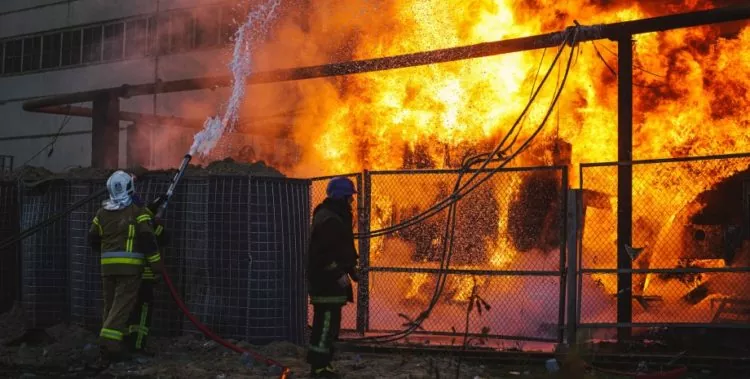
Ukraine resists the notion of the Kh-101 and Kh-505 as "decisive weapons."
Ivan Kyrychevskyi, an analyst of the Defense Express, claims that Ukraine can boost the rate of destroyed missiles from an average of 50% to an average of 70%. Still, Ukraine needs additional weapons from its allies to do so.
Only one German IRIS-T and two American NASAMS systems have been received to date, but they are already making a difference. Both types of weapons have shown 100% efficacy in destroying aerial targets. The Ukrainian military reports it destroyed every target in the system's sector.
According to the Ukrainian Ministry of Defense, as of October, Russians possessed only 213 Kh-101 and Kh-555 missiles combined.
Modern missile supplies are diminishing: Russia unpacks Soviet missiles
The Kh-22 (AS-4 Kitchen) antiquated missile is also launched from bombers. It is both the largest and oldest. It entered service in the 1960s and was designed to use contaminated fuel. At 11 meters long, Ukrainians nicknamed Kh-22 the "flying train car."
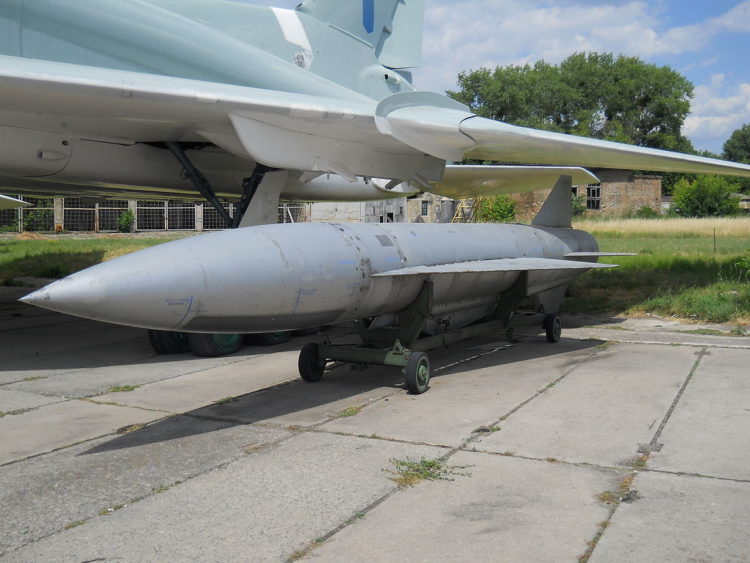
Despite its age, this missile can reach a maximum speed of over 3000 km/h and a range of up to 500 kilometers. This high speed makes it difficult to intercept and destroy.
Russia has used these missiles several times since the onset of the war. It still has an unknown number of Kh-22s and fewer than 30 upgraded Kh-32s.
This missile is so inaccurate that a deviation of one kilometer from the intended target is considered acceptable. It was initially designed as a nuclear anti-ship weapon, meaning that regardless of whether the missile hit its target directly, ensuing the explosion would destroy the targeted ship.
The conventional variant carries a 960-kilogram warhead, twice as heavy as the Kalibr. These missiles hit a Kremenchuk shopping mall on 27 July, killing 20 people and injuring 56.
The Soviet-made Kh-59 (AS-13 Kingbolt) is twice as short as the Kh-22 and has a range of only 115 kilometers.
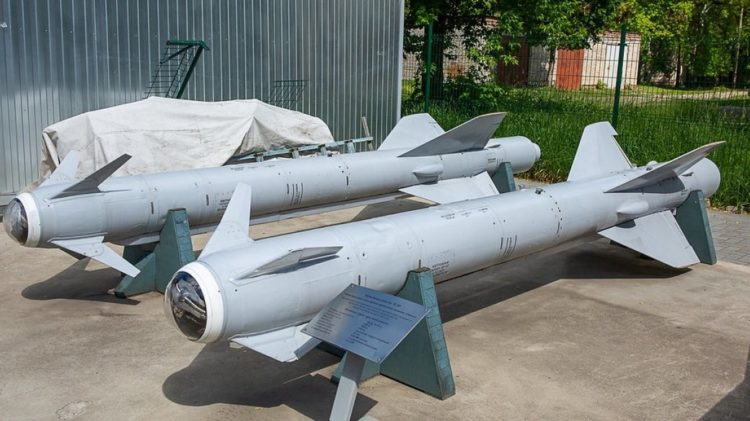
Due to its limited range, Russian invaders generally target large objects close to Russian-controlled airspace. Russians used this missile to destroy a grain silo in Mykolaiv Oblast and damage the airport in Kryvyi Rih. Several of these missiles have also been shot down over various regions of Ukraine.
Ukrainian anti-aircraft defense remains strong, so Russian pilots have not dared to fly beyond the frontline and deploy these missiles further in Ukraine.
Moreover, Russia uses even very unexpected cruise missiles to strike ground targets. Kh-35 (AS-20 Kayak) was developed in the USSR as a special anti-ship missile. This projectile has the biggest array of launch options: from bombers, fighters, helicopters, or surface platforms. It can fly up to 300 kilometers at a speed of 1080 kilometers per hour.
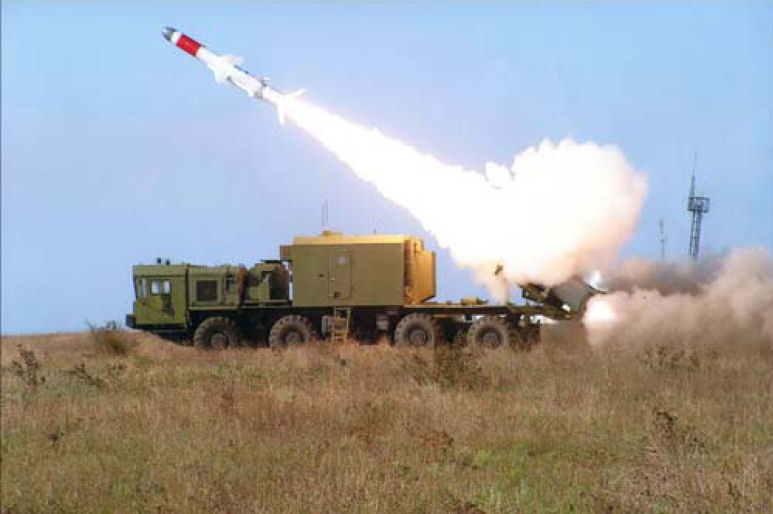
However, Moscow managed to adapt them for missile terror. In previous months, Russian troops repeatedly attacked the Ukrainian coast, targeting grain silos and port infrastructure. As Defense Express concluded, the invaders tried to disrupt grain exports from Ukraine (threatening food security for millions of people worldwide). Mykolaiv suffered shelling as well. Recently, there have been no reports of the Kh-35 being used, but Russia has at least 356 missiles of this type, so the threat to the Ukrainian coast remains.
S-300: Russia has learned to use anti-air missiles against Ukraine's civilian targets
When Western experts counted Russian missiles before the war in Ukraine, none of the analyses included projectiles for S-300 launchers (SA-10 Grumble) because they, like Patriot systems, are anti-aircraft weapons.
However, as a last-ditch option for crews, one can use these Soviet-era missiles to attack ground targets. In this mode, the range of the missiles is only 25-30 kilometers, even less than some howitzers.
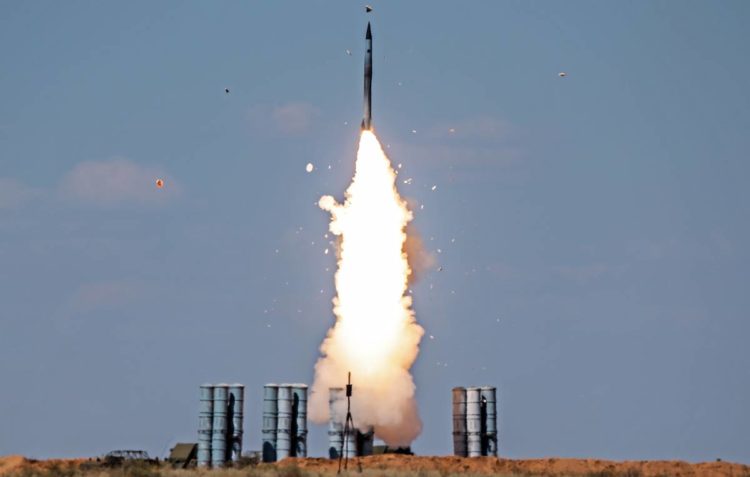
The projectile travels quickly: at a speed of up to 1500 m/s, it can travel its 30-kilometer maximum distance in less than one minute. The high speed and small range make the S-300 especially difficult to intercept. While the payload is smaller than other missiles, it is still significant at 130 kilograms of explosives.
Russia has not used the S-300 in land battles because the missiles are too inaccurate to target fortifications or military vehicles. The short range also means Ukraine could quickly return fire.
Instead, Russians found an alternative role for the S-300: terror attacks against Ukrainian cities.
On 11 October, the invaders attacked Zaporizhzhia, launching 12 S-300 missiles at the city. The missiles hit civilian buildings, including a local school, a clinic, and a car shop. Two weeks later, Russians launched six missiles toward Mykolaiv, where they destroyed an administrative building and damaged a residential building and a bakery. In both cases, these attacks had no military targets or motivation.
In such terror attacks on civilian infrastructure, accuracy is not a concern: the missile will inevitably hit something in the city. According to the Ukrainian Ministry of Defense, Russians have up to 7,000 of these missiles, enough for three years of war.
Russia already planned to scrap these projectiles, so this is an effective way for Russians to dispose of their old ammunition during wartime.
The only Ukrainian tactic capable of targeting the S-300 is destroying its launchers with HARM-88 or artillery. Therefore, Ukraine needs more guns and rocket launchers to end these terror attacks on its civilians.
***
While Western military doctrines dictate that missiles are weapons of deterrence for precise strikes against critical military targets, Russia uses its vast missile arsenal to terrorize Ukrainian cities and destroy civilian infrastructure regularly.
Providing anti-missile and anti-aircraft systems to Ukraine serves the function of "inflicting a military defeat on Russia" and protects millions of civilians and their homes, schools, and hospitals.
Moreover, since Russia has nearly expended its newest weapons, countries can donate more weapons to Ukraine without fear of Russian retaliation.

Yuriy Prymachuk is a freelance journalist and editor from Ukraine. He received a master's degree in the Institute of Journalism, Kyiv, interned at Radio Free Europe/Radio Liberty, worked as a journalist and editor in political and economic fields.
Read more:
- Russia's missile stockpile was dwindling as per officials but this week's assaults raise questions about that – NYT
- Massive Russian missile attacks confirm need to recognize Russia as state sponsor of terrorism – Ukraine President's Office
- Ukraine's air defense downs Russian missile with dummy nuclear warhead – Defense Express
- NASAMS and Aspide air defense systems already in Ukraine – UPDATED
- Ukraine's air defense shoots down 73 of over 90 Russian missiles attacking power infrastructure
- Power situation "critical" as Ukraine again under massive Russian missile strike (updating)
- Ukraine braces for its hardest-yet winter amid Russian strikes on energy infrastructure
- Russia launches massive missile attack against Ukrainian cities targeting power grid (updates)
- How it is to have your home destroyed by a 2 AM Russian missile strike

